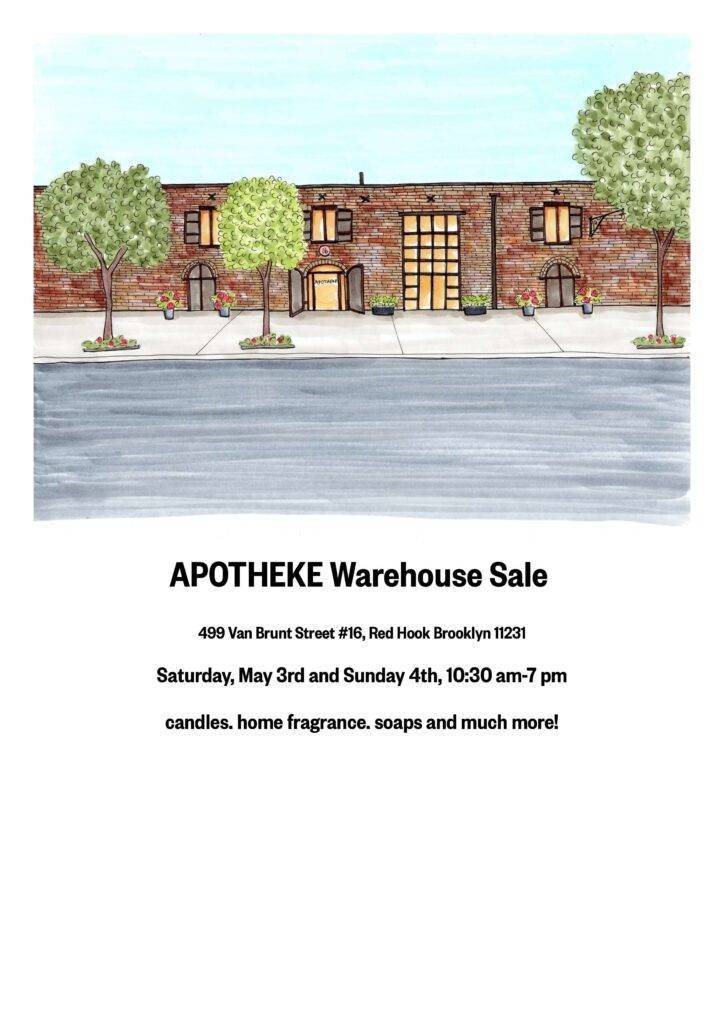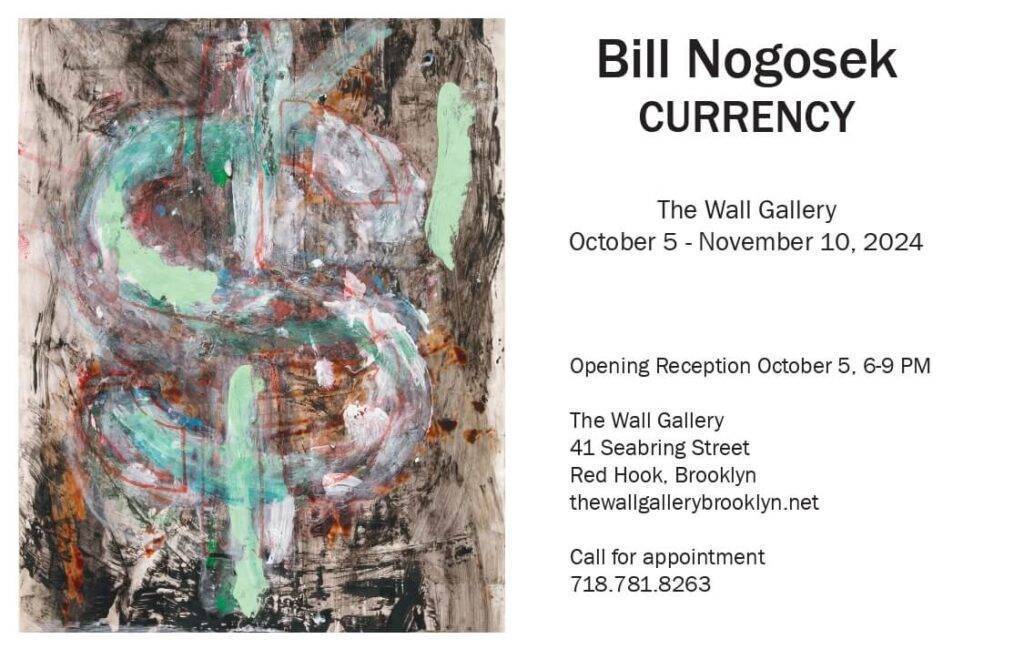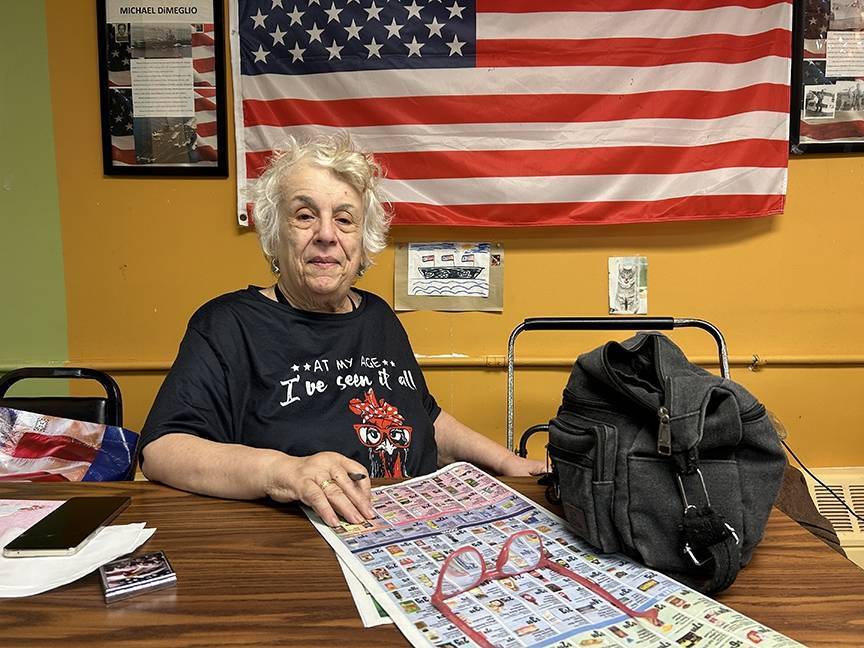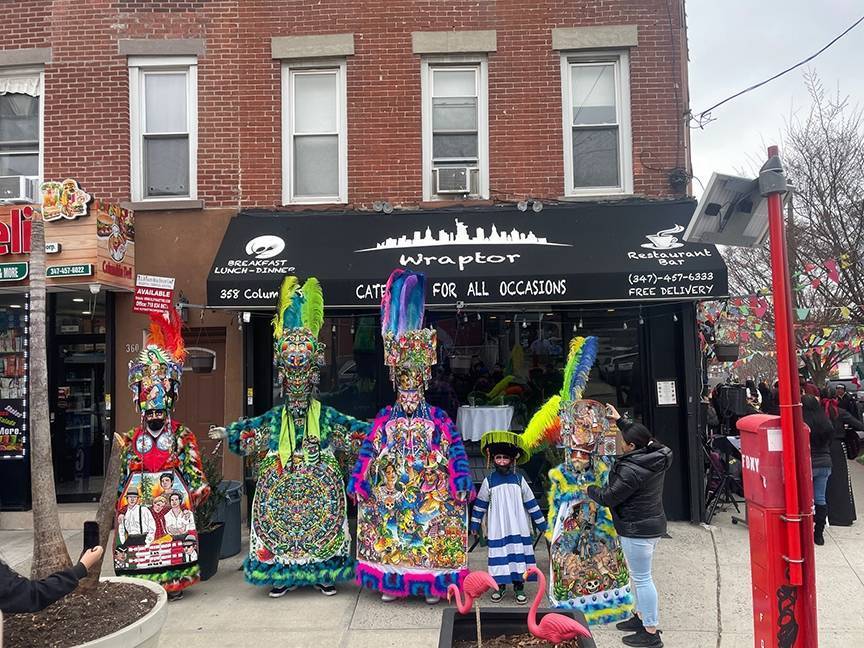On September 23rd, heads of state are convening in New York City for a United Nations Climate Summit, where they will be expected to make pledges to curb climate change. The UN Secretary General’s goal is to “build political momentum” ahead of the 2015 Climate Change Conference in Paris, France, where member nations will meet to negotiate the first ever legally binding climate treaty. To demonstrate the will of people around the globe for “a world safe from the ravages of climate change,” a coalition of organizations spearheaded by 350.org is planning a massive People’s Climate March. Red Hook, let’s take this opportunity to take our response to Superstorm Sandy to the next level and join the climate justice movement.
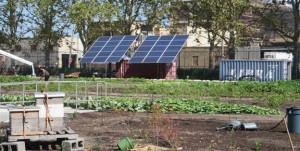
Among the many things that Superstorm Sandy washed through our neighborhood’s streets on the night of October 29th, 2012 was the sobering reality of climate change. Over the two years since Superstorm Sandy, I’ve been thoroughly impressed to see my community come together and organize to help one another rebuild our lives, homes, and businesses. In that same spirit of love and concern for Red Hook and its future, I humbly suggest that we take up our responsibility to really engage with the issue of climate change and make ourselves a part of the national and international struggle for climate justice.
Since modern civilization began burning fossil fuels en masse beginning in the early 1800s, greenhouse gases have been accumulating in the atmosphere. However, because the time between the accumulation of greenhouse gases and their effects on the climate are so delayed, we have only begun to see the consequences. 2013 was the 37th consecutive year of above-average global temperatures. 13 of the 14 hottest years on record have occurred in this century.
It might be a bit disingenuous to say that Sandy was solely caused by climate change, but we should consider a few things. According to the UN International Panel on Climate Change (IPCC), there “has been an increase in the frequency and intensity of the strongest tropical cyclones in the North Atlantic since the 1970s.” Sea levels have already risen due to thermal expansion and melting glaciers, ice caps, and ice sheets in Greenland and Antarctica. Additionally, increase in average global temperatures in turn raises ocean surface temperatures, which amplifies the amount of moisture the atmosphere can hold. This boost in temperature and moisture in turn increases the rainfall and intensity of storms. There is no doubt that the disruption of the climate is making low-lying coastal areas more risky places to live, in part because of more frequent and intense tropical storms.
Things are expected to get much worse if nothing is done about it. Climate change is real, it is here, and it is going to have some very devastating consequences unless we stop what’s causing it. The globalized industrial capitalist economy runs on fossil fuels, and because of the immense power and wealth wielded by the oil, gas, and coal corporations, many governments are at their beck and call. This is particularly true for the United States; a nation home to 5% of the global population but consumes some 20% of the world’s energy, and where energy companies have immense influence over our lawmaking bodies.
The climate justice movement needs communities like Red Hook just as much as communities like Red Hook need the climate justice movement. The radical changes that need to happen if we want to avoid catastrophic climate disruption can only happen if there is a mass, dare-I-say revolutionary movement to end the ecocide currently being waged. It’s not about attending one march, as the type of change we need is obviously going to take a lot more than marching. It’s going to take time and energy educating ourselves on the root causes of the crises we face; understanding the connections between climate change, ecological destruction, and systems of oppression; developing our abilities to organize and work with one another across lines of race, class, gender, and orientation; and learning about other people, organizations and front-line communities that are resisting as well as demonstrating and developing solutions.
The People’s Climate March and the NYC Climate Convergence that same weekend will be a great way for Red Hookers to get connected, learn, and join the ongoing struggle for climate justice and a beautiful planet for future generations to inherit.
To contact the folks in organizing the Red Hook contingent of the climate march, email redhookclimate@gmail.com. For more information regarding the People’s Climate March on September 21st, visit www.peoplesclimate.org, and for more information on the NYC Climate Convergence taking place from September 19th through the 21st, visit www.convergeforclimate.org.
Corbin Laedlein lived in Red Hook as a child, and moved back to the neighborhood as a young adult in 2008. He is currently upstate in Spencer, NY, for the growing season, at a farm and tree nursery.


